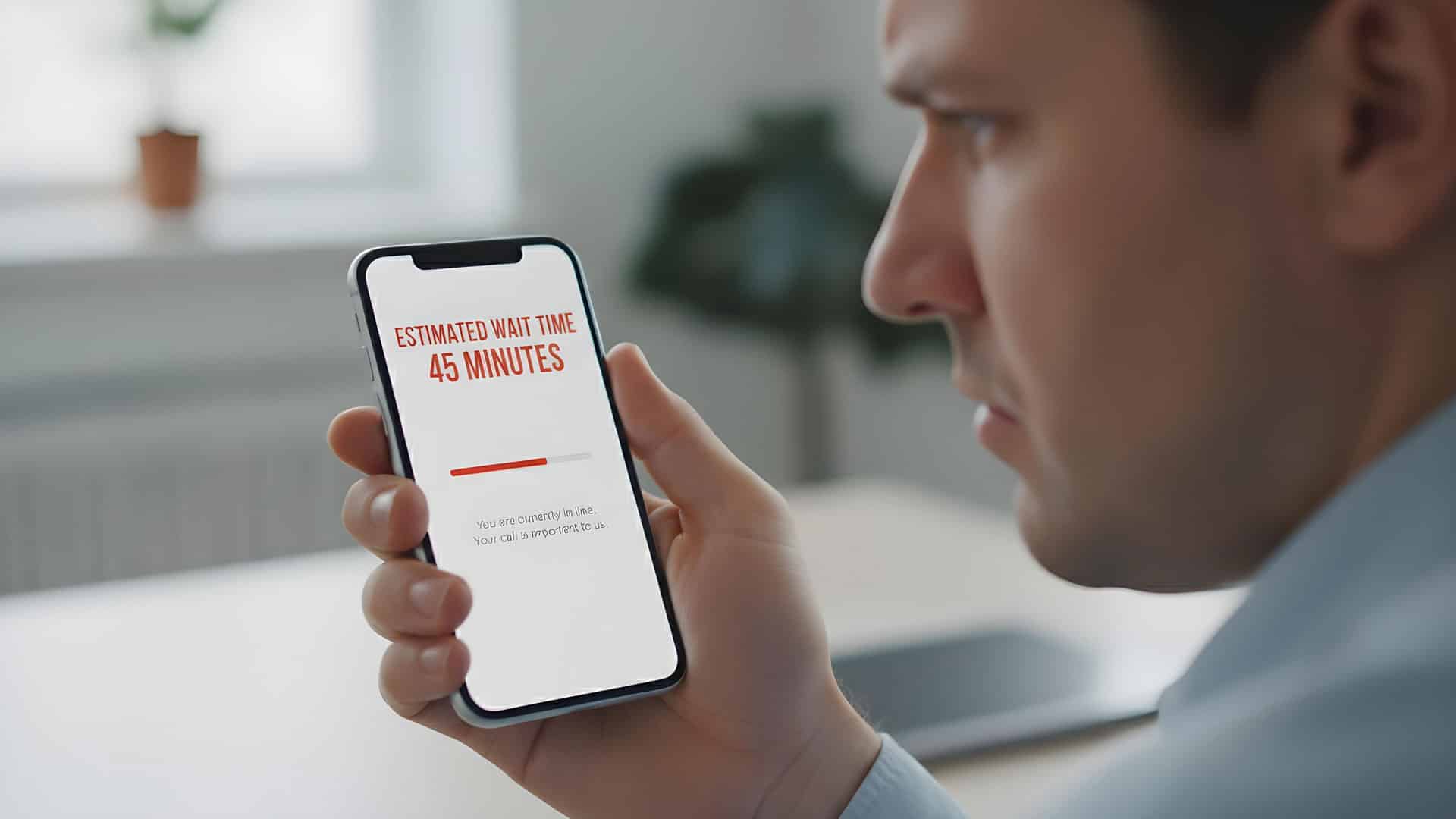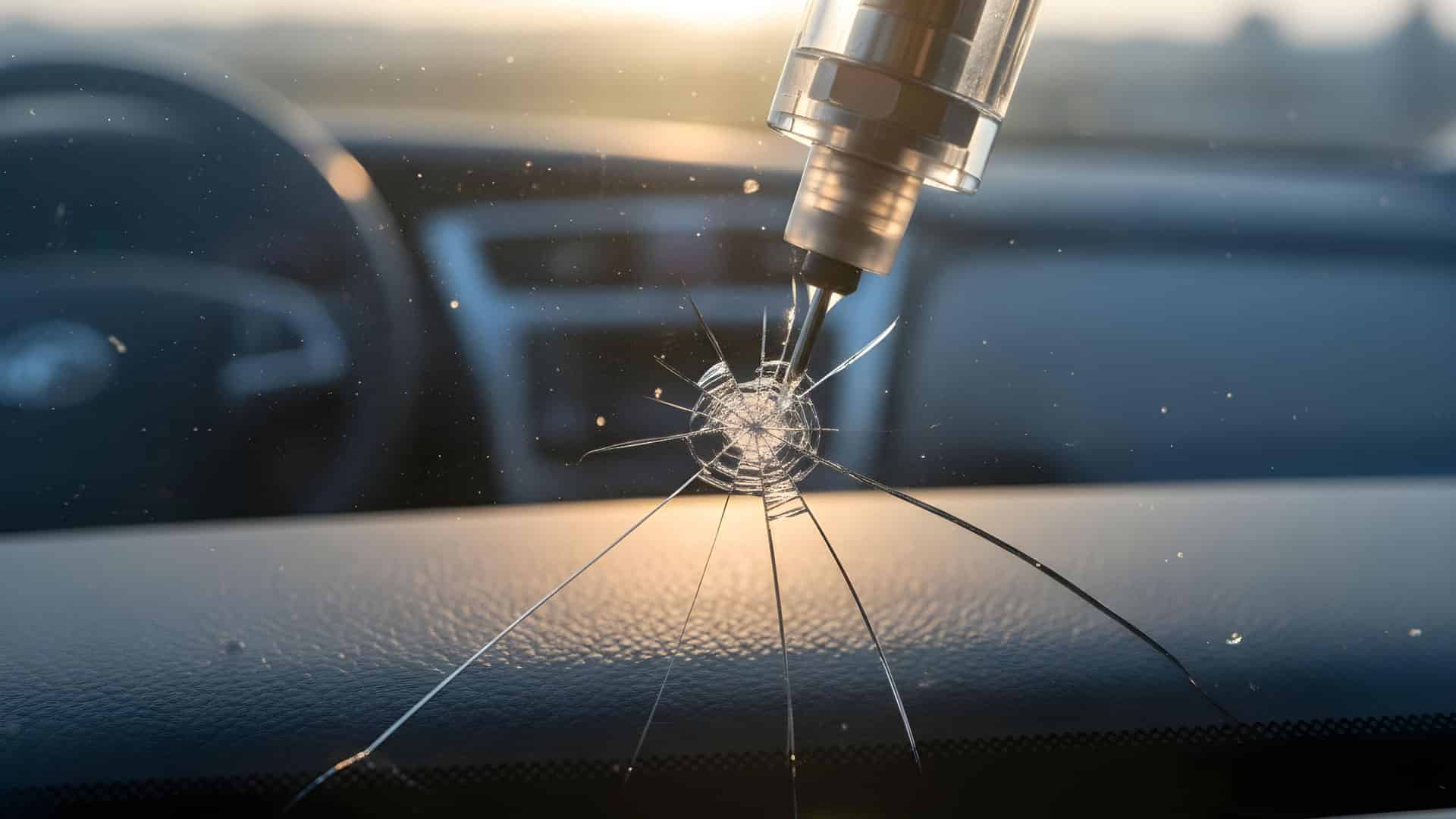You spot a tiny chip in your windshield, and suddenly your mind goes racing: is this a quick $50 fix, or am I about to get walloped with a $400 replacement bill? If you’ve ever stared at that bullseye and wondered if you’re getting a straight answer from your glass shop, you’re not alone.
Here’s the honest breakdown—no upsell, no chain shop script—of when chip repair can genuinely save you hundreds (and when you’re better off biting the bullet on a full replacement).
The $200 Question: Why Repair Matters
Let’s be real—nobody wants to shell out $400 if a $50 repair will do the trick. That’s why this conversation isn’t just about safety or aesthetics; it’s about your wallet. Most insurance companies will cover chip repairs 100%, since fixing that little ding now saves them from replacing your whole windshield later.
For you, that often means zero out-of-pocket for a repair, versus a much bigger hit if the crack spreads and replacement is the only option. However, not every chip gets the green light. According to industry research, about 60–70% of chips actually qualify for repair. The size, depth, and location all play a role—and yes, sometimes that annoying spot is simply too far gone for a safe fix.
- A typical chip repair runs $50–$70, often covered by insurance.
- Windshield replacement usually costs $250–$400 for standard cars, $500+ for RVs or advanced vehicles.
- Repair is only possible for chips smaller than a quarter (under 1 inch) or cracks shorter than 6 inches.
How We Decide: Honest Repair-or-Replace Checklist
Here’s where we pull back the curtain. At Alpine, our techs are trained to recommend repair whenever it’s truly safe—because we’d rather have you bragging about saving cash than feeling burned by an unnecessary replacement.
That said, there are hard and fast rules that guide every call we make. If the chip is small (think: smaller than a quarter) and hasn’t started spidering out, chances are good you’re in the repair zone.
But let’s say that crack shoots off in multiple directions, creeps into your line of sight, or sits right at the edge of the glass—now you’re playing with safety and windshield integrity, and replacement becomes non-negotiable.
Vehicles with ADAS (those fancy driver-assist systems) throw another wrench in the mix. Any replacement means recalibrating those cameras, which can add $200–$600 to the job. That’s why we always check if repair is possible first, especially on newer or specialty vehicles.
- Chips in the driver’s direct view or at the glass edge are safety red flags—replacement is safer.
- If a crack is spreading or longer than 6 inches, repair isn’t reliable.
- ADAS-equipped cars need camera recalibration after replacement, adding significant cost.
When Repair Works (and When It’s Wishful Thinking)
Picture this: you’re headed out for an RV trip when you notice a fresh chip on the windshield. If you call before it grows, that’s usually an easy $50 repair—maybe free with insurance. But wait until it stretches across your field of vision? Now you’re looking at $1,000+ for RV glass, plus possible recalibration if your rig has lane-keeping features.
Commercial fleets feel this pain acutely, too—a repairable chip can save a company thousands each year, but let neglected chips multiply or worsen and suddenly you’re scheduling downtime and pricey replacements. It’s easy to see why catching these early isn’t just about money—it’s about avoiding headaches down the road.
Moreover, imagine a family SUV with ADAS that needs recalibration every time the glass is replaced. A simple chip fix could mean the difference between a quick lunch-break job and losing your ride for a day (not to mention the extra hundreds for recalibration).
The Alpine Difference: Honesty Over Upsell—Always
If you’ve ever felt like chains push replacement just to pad their bottom line, you’re not wrong. At Alpine, we’re family-owned and we answer our own phones because we want you to know who you’re dealing with. Our techs will tell you straight up when a safe repair is possible—even if it means less money in our pocket. We handle insurance directly, don’t tack on mobile service fees, and stand behind our work with a lifetime guarantee.
For commercial clients, RV owners, or anyone with heavy equipment, this approach really matters: saving $200 per incident adds up fast when you’re managing multiple vehicles. We don’t hide behind technical jargon or outsource calls overseas—you’ll speak with someone who can actually answer your questions (and get onsite same-day if you call before 2 PM).
Here’s the bottom line: Not every chip can be saved, but catching damage early almost always keeps more money in your pocket—and puts you in control of the decision. At Alpine, we’ll always steer you toward the honest answer, whether that means quick chip repair or, when safety demands it, a full replacement. Either way, you’ll get straight talk and zero games—from our first phone call to your finished job.
See a chip? Don’t wait until it’s too late. Call Alpine today and let us tell you honestly if you can save $200—or if it’s time for an upgrade. Get started now!




